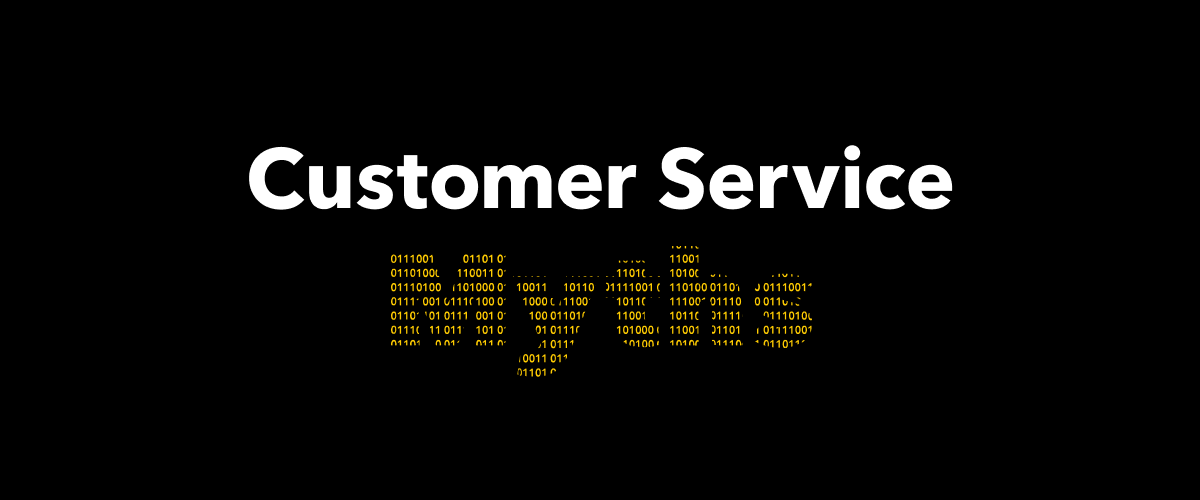Artificial intelligence has allowed us to accomplish remarkable things in the field of customer service and far beyond. Recent years have shown us how AI technology can power everything from innovative support automation solutions to self-driving cars and conversational systems capable of flawlessly mimicking the human voice. At their core, these and all other AI applications are powered by algorithms, which enable the execution of automated tasks. Algorithms are a fascinating and vital component of AI technology. However, far too often, they’re seen as the only component of an AI system — so much so that the words “algorithm” and “AI” are regularly used interchangeably. This couldn’t be further from the truth.
In reality, algorithms are really just step-by-step instructions — lines of code in the context of computer programming — that enable an AI system to perform calculations, process data, and apply automated reasoning. Algorithms are a foundational concept in mathematics that are nearly as old as human civilization itself, but the term “algorithm” has only recently entered the popular lexicon thanks to the rise of artificial intelligence. The original concept may be ancient, but the word itself sounds thoroughly modern thanks to its associations with AI technology. So it’s no surprise that when AI makes it into the news, it’s the algorithms that tend to steal the spotlight.
In headlines, we’re told that “Algorithms are Heroes of the Stock Recovery,” that “Algorithms Support Doctors in Making A Faster Diagnosis,” and that a “Customer-Service Algorithm Boosts Revenues.” Each of these statements may be true, but they only explain a small part of the story. They present a distorted image of how AI really works.
The algorithm is just one piece of an AI system
An effective artificial intelligence system is much more than just an algorithm. Most AI systems are made up of many algorithms that govern different aspects of the system — from the natural language processing programs that facilitate human interaction to the machine learning algorithms that power data analysis. Then there’s the data itself, which plays a crucial role in any AI system. To function correctly, algorithms must be trained with large amounts of data and human input, which together enable the algorithm to begin recognizing patterns and making appropriate decisions.
Even the most basic algorithms can do amazing things when fed robust sets of high quality, structured data — especially when human training can help guide it. Conversely, the most sophisticated algorithm in the world will be useless if the data set it’s trained on is faulty, biased, or incomplete.
Of course, even good data is meaningless without systems and processes in place to enable the understanding of that data. The most effective AI platforms combine the core principles of data science with good old-fashioned human expertise, delivering a product that seamlessly blends technological sophistication with expert judgment. Assigning human experts to oversee, correct, and suggest content for the system’s output ensures that automations are continually improved and refined over time.
Bridging the gap for customer service organizations
What does this mean for your business? In 2017, a survey found that 80% of enterprises were actively investing in AI technology. That same year, a group of data science researchers found that only 3% of companies’ data meets basic quality standards. At Directly, we’ve seen firsthand that very few organizations have put processes in place to truly understand that data at all. If you’re searching for a CX automation vendor, it’s not enough to simply evaluate the quality of its algorithm. It’s crucial that you consider the vendor’s approach to ingesting data, analyzing the data, and helping algorithms learn to interpret that data.
Directly gives companies a simple way to aggregate their entire ecosystem of customer interactions and customer data. Once the Directly platform ingests that data, we help companies build a trusted network of experts that can assist in training the algorithms over time, infusing straightforward company data with human expertise. To prove just how important understanding your customer data is–and the power of our platform and community experts–we’re offering a free AI-powered analysis to deliver a visual representation of your incoming customer questions. Sign up for free to learn more.
